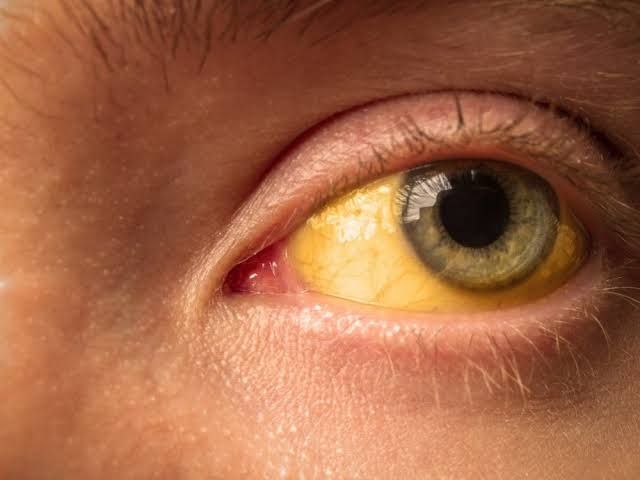
A 30-year-old male presents with jaundice and dark urine. Laboratory tests reveal elevated conjugated bilirubin levels and alkaline phosphatase. A liver biopsy shows portal tract inflammation and bile duct damage. What condition is most likely present?
- A) Viral Hepatitis
- B) Primary Biliary Cholangitis ✓
- C) Alcoholic Liver Disease
- D) Non-Alcoholic Fatty Liver Disease
Based on the clinical presentation and laboratory findings, the most likely condition present in this case is B) Primary Biliary Cholangitis (PBC).
Explanation:
- Clinical Presentation: The patient is a 30-year-old male with jaundice and dark urine, which are common symptoms of liver dysfunction. Jaundice occurs due to an accumulation of bilirubin in the bloodstream, while dark urine often indicates elevated levels of conjugated bilirubin.
- Laboratory Findings: The elevated conjugated bilirubin levels suggest that there is an issue with bile excretion or production. The increase in alkaline phosphatase is particularly significant as it indicates cholestasis, which is a condition where bile cannot flow from the liver to the duodenum.
- Liver Biopsy Results: The biopsy shows portal tract inflammation and bile duct damage. In PBC, there is a characteristic destruction of the small bile ducts within the portal areas of the liver, leading to cholestasis and subsequent liver damage.







